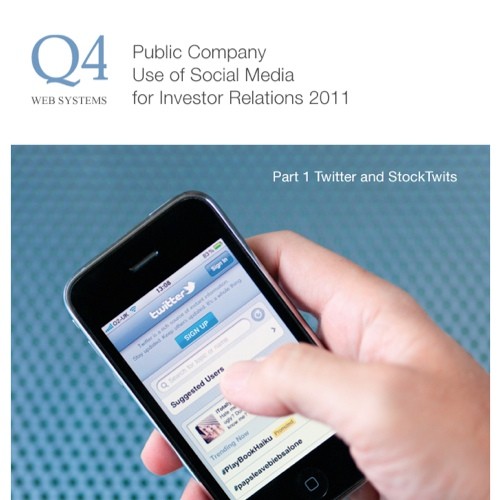5 Tricks Companies Use During Earnings Season_2
Post on: 16 Март, 2015 No Comment

There are a number of tricks or actions that some public companies will use or set in motion to pull the wool over the investment community’s eyes come earnings season — particularly when a company misses estimates or otherwise disappoints investors. Let’s take a look at five of the most common shenanigans that management and communications teams use in their companies’ releases.1. The Friday News Release Communication teams looking to bury a bad earnings report (or bad news in general) will sometimes seek to disseminate the release at a time when it suspects the lowest number of people are watching. One trick that was used a lot in the mid- to late-’90s before people starting catching on, was to send out the release after the close of the market on a Friday afternoon, preferably heading into a holiday weekend, or on a day when a variety of economic data was due for release and the spotlight wasn’t on the company. (To learn more, see Trading On News Releases and Can Good News Be A Signal To Sell? )
Coming in to bad news on a Monday morning isn’t much better, but the hope among the teams that use this trick is that by having a few days between the release and the opening bell on Monday, investors who might otherwise have sold the shares on the news will cool off and retain their stock. (Find out more in Earnings: Quality Means Everything and Surprising Earnings Results .) 2. Cloaking Their Communication In the interest of full and fair disclosure, companies are to disclose both the good information and the bad information about a given quarter in their earnings reports. Their communications teams, however, may attempt to bury the bad news by using phrases and/or words that mask what’s really going on. Language like challenging, pressured, slipping and stressed should not be taken lightly and could even be red flags. For example, rather than say in a release that the company’s gross margins have been declining and that as a result the company’s earnings may get pinched in the future, management may simply say that it sees a great deal of pricing pressure. Meanwhile, the investor is left to calculate gross margin percentages from the provided income statement — something that few retail investors have time to do. You’ll also note that the information a company doesn’t want you to see tends to be located somewhere near the bottom of the release, and may be coupled with other information as well. For example, some company teams may talk about all of the new products they anticipate releasing in the coming year (in the announcement) or other upbeat, forward-looking news, and then say what investors can expect in terms of earnings in the future period. Because the earnings expectations are not a standalone item (but are bunched with other information) and the average investor may have nothing handy to compare the company’s forecasts to (such as the current consensus number), the communications team wins by burying the news and distracting the public. 3. Enhancing Preferred Information Some companies’ investor relations teams will bold or italicize headlines and information in an earnings release that they want the investment community to focus on. This isn’t a trick designed to fool you, but it can take advantage of reader laziness. Investors should try not be mesmerized by the highlighted data and should read the entire release, as well as look for future guidance if provided. Investors should also not be so consumed with a bolded headline that says (for example) Q3 EPS Increases 30% that they forget to read between the lines. Play detective and read into what management is saying and forecasting about future periods.
4. Increasing Stock Buybacks While stock buybacks are often a good thing, some boards will authorize a buyback as part of an effort to make their stock appear more attractive to the investment community. These boards/companies may have every intention of completing such a repurchase, but you may notice that companies tend to announce such repurchases in conjunction with or just after bad news is released. It just seems like suspicious timing and therefore appears disingenuous. (For related reading, see A Breakdown Of Stock Buybacks.)
5. Announcing Good News to Offset Bad News. As mentioned above, some companies will establish a share buyback program as a means of drawing attention away from bad news. However, there are other so-called tricks that companies use as well. For example, some companies will announce a major new customer, large order, store opening, product launch, or new hire around the same time that bad news is released. Again, the idea is to convey the image that things aren’t that bad. Don’t be fooled: reading the small print and the hidden news stories can help you uncover your stock’s real story. (To keep reading on this, see Footnotes: Start Reading The Fine Print , An Investor’s Checklist To Financial Footnotes and Footnotes: Early Warning Signs For Investors .) Bottom Line There are a number of tricks or actions that companies take to make themselves appear solid and to reduce the impact that bad earnings can have on their share price. Thorough investors who study all the facts and read all earnings releases in their entirety need not be fooled.














